Recreating the Country blog |
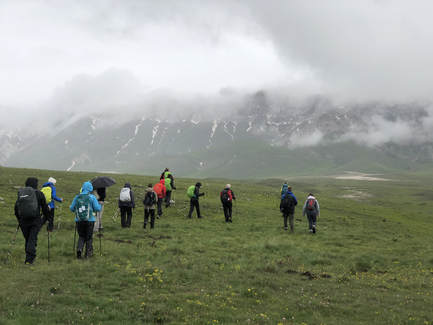 The start of a 16 km trek through the Gran Sasso National Park. Snow draped mountains in the background. May 22nd 2018 The start of a 16 km trek through the Gran Sasso National Park. Snow draped mountains in the background. May 22nd 2018 Jumping in at the deep end. A conversation, an opportunity and a coincidence provided the fragile thread that pulled together an unforgettable adventure in a mountainous region of Italy called Abruzzo. I have to admit that the prospect of flying to Rome and joining a group of seasoned hikers on daily mountain treks of 12 to 20 km had me quaking in my brand new hiking boots. I’m reasonably fit but I'm ashamed to admit that I’ve rarely walked 12 km in one day let alone 20 km in mountains above 1500 meters. My wife Lina and I even invested in trekking poles because we thought they might help get us through. At least we would look the part and in Italy that really matters. The Italians speak of “la bella figura” which literally means ‘the beautiful figure’. In Australia we would interpret this phrase as ‘looking good’ or in our case 'looking half competent'. 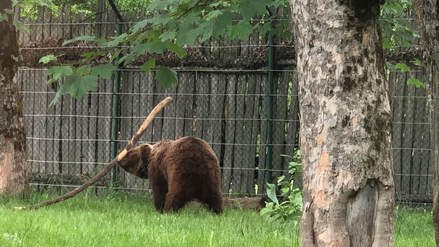 A Marsican Brown Bear, Ursus arctos marsicanus, in a shelter for injured animals in Pescasseroli. Photo Lydia Melnikoff A Marsican Brown Bear, Ursus arctos marsicanus, in a shelter for injured animals in Pescasseroli. Photo Lydia Melnikoff Abruzzo Abruzzo is located about two hours drive east of Rome. It is mountainous, spectacular and dotted with small hilltop medieval villages. It is an area that most tourists don’t visit because it has had an undeserved reputation of being backward and undeveloped. Key descriptions stood out as I did some background reading. The literature said there was a large network of parks which are protected and managed to encourage regeneration of the fauna and flora. The Gran Sasso, Majella and Abruzzo are three major National Parks that are home to a diversity of wildflowers and wildlife like the iconic Marsican Brown Bear, the Apennine Wolf and the Abruzzo Chamois. The spectacular mountain ranges of Abruzzo occur on one of the most seismically active regions of Europe. These abrupt ranges are the result of two tectonic plates colliding and pushing up what has been described as the geological ‘backbone’ of Italy. Movement along this fault-line in 2009 did severe damage in the town of L'Aquila causing loss of life and making 60,000 of the population of 80,000 people homeless. Other towns in this part of Abruzzo were also damaged by this 6.3 magnitude earthquake. 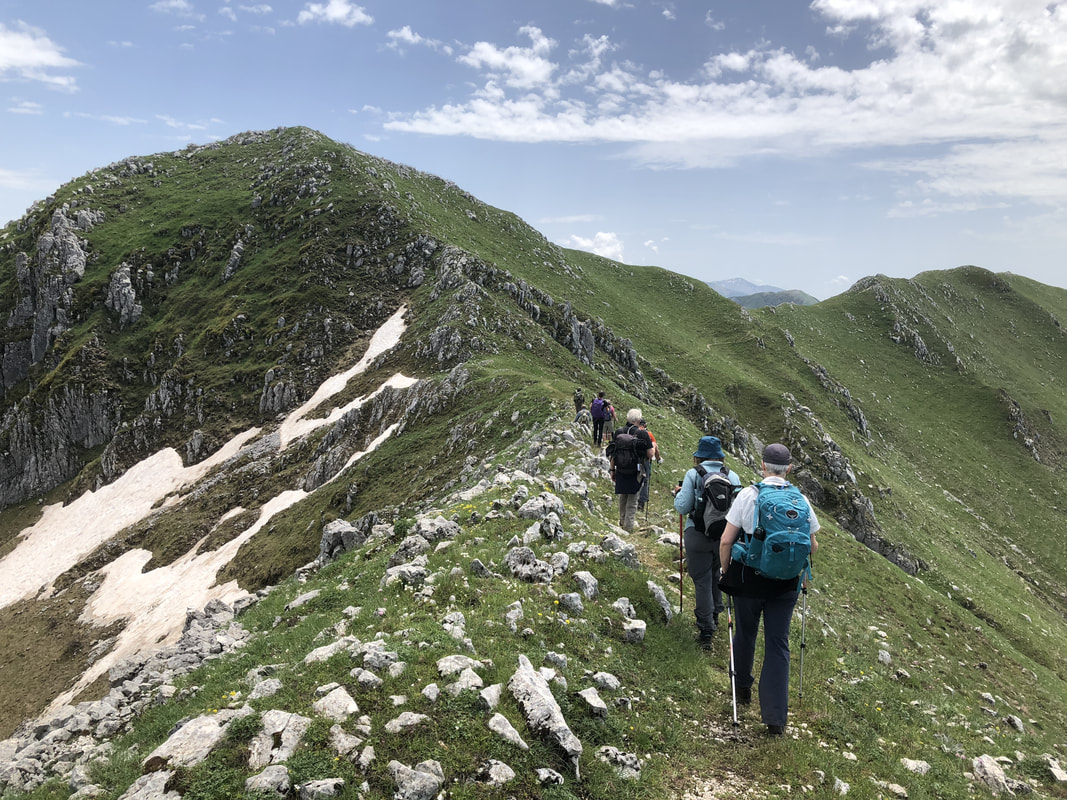 After a 750 m climb the trek followed the mountain ridge at 1800 m. The ridgeline (part of Italy's geological backbone) represents the regonal border between Abruzzo and Molise After a 750 m climb the trek followed the mountain ridge at 1800 m. The ridgeline (part of Italy's geological backbone) represents the regonal border between Abruzzo and Molise The mountains are made of hard wearing sedimentary rocks, ancient and economically important limestone, dolomite and the highly prized travertine. These rocks have been ground into steep, deep valleys and tall peaks by a long history of glaciation. We thankfully managed to shake off our jet lag with four special days with family in London. On the 21st of May we flew into Leonardo da Vinci international airport to meet our guides, the amazing Jackie and Iole from Hedonistic Hiking>, and a dozen companion trekkers. We drove east in two comfortable people movers making a stop for lunch in Tivoli and eventually arriving at the remote medieval village, Santo Stefano di Sessanio which was to be our rustic home for the next three nights.  Red and Yellow Elder flowered Orchids, Dactylorhiza sambucina. Red and Yellow Elder flowered Orchids, Dactylorhiza sambucina. Wonderful wildflowers The next day dawned cloudy, drizzly and only 16 degrees, though surprisingly Rome was experiencing a heatwave. Such was the climatic variation at these higher altitudes. Though it was cold and grey, the green meadow we walked onto to start our 16 km walk was ablaze with wildflowers. Like every wildflower walk I’ve been to in Australia, nearly 30 minutes passed and we had only progressed 100 meters. I thought hopefully at that time, this is a trekking pace I can manage quite comfortably. I was sadly mistaken as the pace picked up and my companion trekkers became dots on the misty horizon. Good fortune continued to make up for the lack of sunshine. It arrived in the form of the young and generous orchid expert Michael Waller who is writing a book on 'Britain’s Orchids'. Michael was joining the walk to photograph and broaden his appreciation of Europe’s orchids. Follow this link to see some of Michael's beautiful orchid photographs. Thanks to Michael I was able to put names to many unfamiliar plants. Though I often felt out of my depth and recalled vividly the bewilderment I felt on my first wildflower walk in the Inverleigh Nature Conservation Reserve in Victoria, Australia over thirty years before when I knew very few of the local plants. Yet it was remarkable how familiar this grassland felt. The plants fell into a familiar pattern. The assemblage of orchids, lilies, legumes, tussock grasses and colourful wildflowers in this alpine meadow had the ambiance of a southern Australian grassland in September. Though the abrupt snow draped mountain peaks in the background was a spectacular reminder that Abruzzo's climate and topography couldn't have been more different. 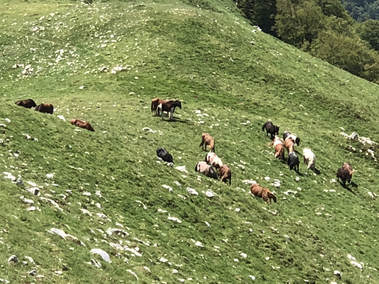 A wild herd of Abruzzo mountain ponies. Some wear a bell which rings as they graze. This adds a discordant melancholy to the isolated atmosphere of the mountain paths. A wild herd of Abruzzo mountain ponies. Some wear a bell which rings as they graze. This adds a discordant melancholy to the isolated atmosphere of the mountain paths. Wildflowers and grazing Interestingly this diverse grassland has been maintained by regular grazing for millennia. Since Roman times shepherds have grazed sheep on the mountain pastures of Abruzzo. This practice reached a peak in the 1500's when an estimated 3,000,000 sheep in small flocks roamed the mountain grasslands growing fat on the green summer pick. Mutton, wool and sheep's milk products brought wealth to the mountain communities as well as the Medici dynasty in Florence. An important part of the grazing calender was the annual practice of Transumanza. This involved herding the huge population of sheep as well as cattle from the mountains of Abruzzo to the lowlands of Puglia in the south, to avoid the severe winter cold in Abruzzo. The demand for Abruzzo wool collapsed in the late 1800's when cheaper Australian Merino wool started flooding the textile markets. With the backbone of the economy crumbling, people left the region, emptying the towns. Abruzzo entered a dark period when the beautiful medieval towns became almost deserted, the buildings crumbling and in need of repair. Though mutton and pecorino cheese remain important foods today, the region now supports only 450,000 sheep, a number of cattle and small herds of wild mountain ponies. These animals are strategically grazed on the grasslands of the National Parks, a strategy that is maintaining the plant diversity. For example orchid expert Michael Waller recorded over thirty orchid species during his week in Abruzzo at the end of May. It is this pristine natural environment that is sparking a revival. Tourists who want to escape the busy tourist areas of Italy are finding history and nature in Abruzzo without the crowds. The old buildings are being restored and a new ecotourism industry is emerging. Here is a taste of the wildflowers of Abruzzo presented as a colourful collage of flowers and landscapes. Orchids click on image to enlarge Wildflowers click on image to enlarge Landscapes click on image to enlarge If you feel like vegging out with a light, educational, natural history mystery. Click here - 'Seeds' the monthly chronicle>
6 Comments
23/7/2018 12:15:02 pm
Enjoyed your blog Steve.:) It was nice to get a feel for where you've been trekking. It looks amazing!!
Reply
Steve
23/7/2018 12:32:15 pm
Hi Ro,
Reply
Roberta Russell
16/1/2019 08:31:19 am
I was holidaying in the Abruzzo region ([email protected]) late last May and early June. The wild flowers were so beautiful. I live in Canada and our wild flowers were just coming to life after a long winter.
Reply
Steve
16/1/2019 10:47:52 am
Hi Roberta,
Reply
31/1/2019 12:20:24 am
Those are great pictures. I never thought Abruzzo have this kind of flowers, they are really wonderful. Thank you for sharing it. I am now excited to visit them soon. Cheers! :)
Reply
Steve
1/2/2019 10:50:19 am
Hi Allen,
Reply
Leave a Reply. |
Click on the image below to discover 'Recreating the Country' the book.
Stephen Murphy is an author, an ecologist and a nurseryman. He has been a designer of natural landscapes for over 30 years. He loves the bush, supports Landcare and is a volunteer helping to conserve local reserves.
He continues to write about ecology, natural history and sustainable biorich landscape design. 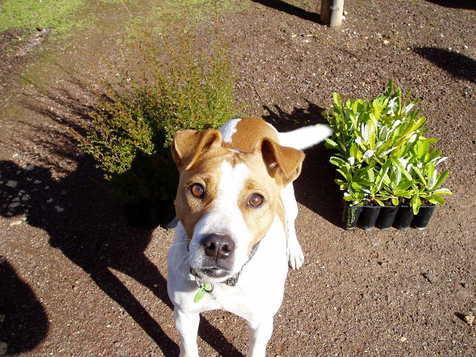
|
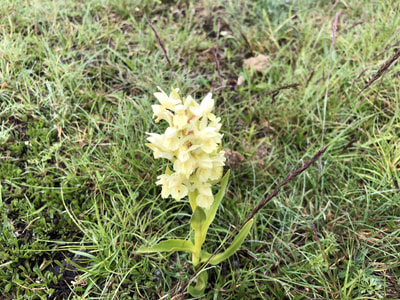
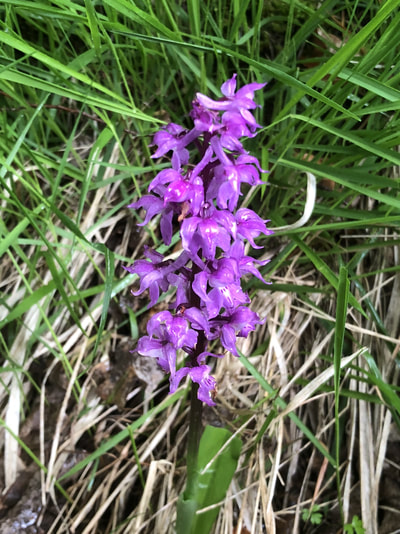
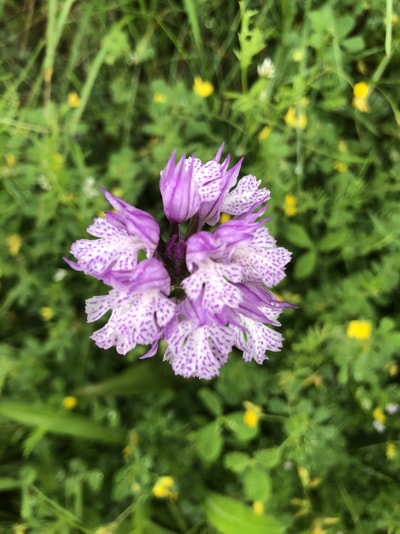
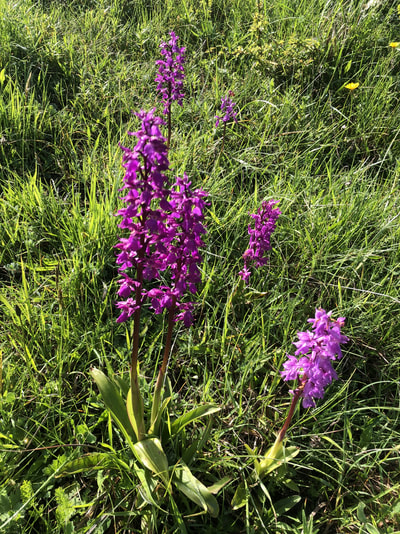
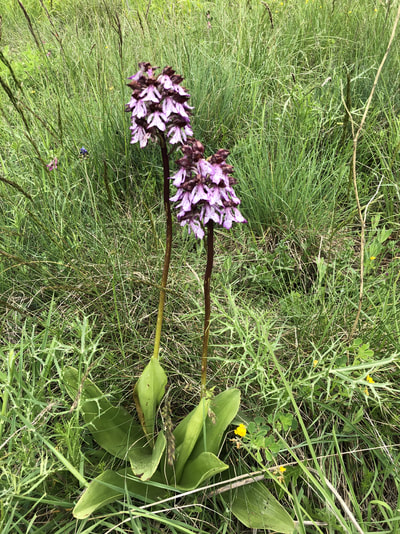
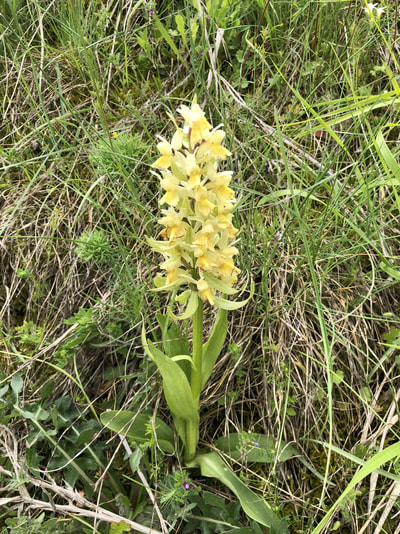
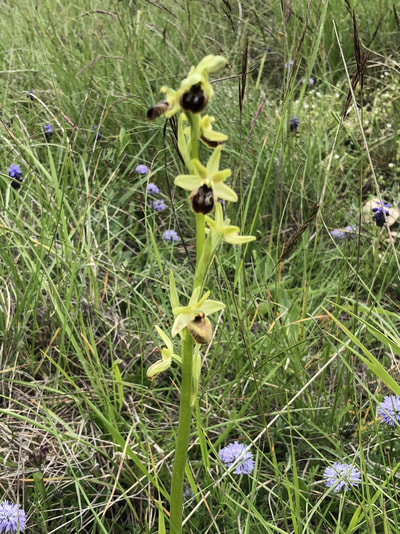
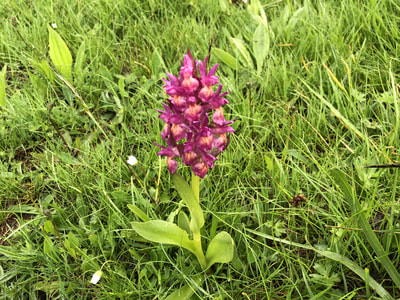

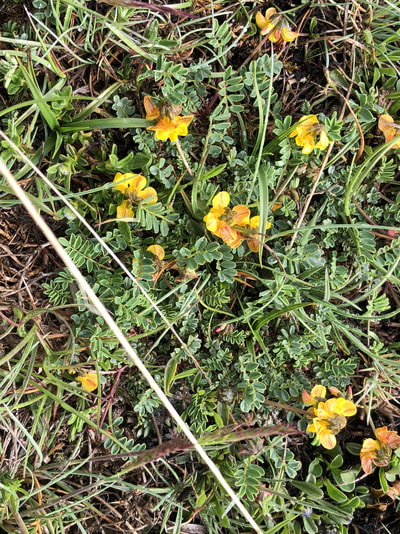
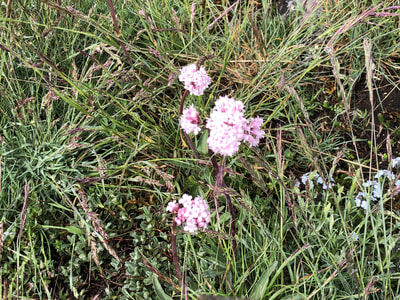

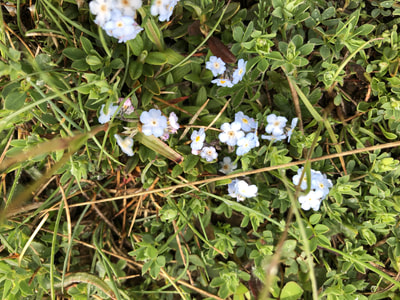
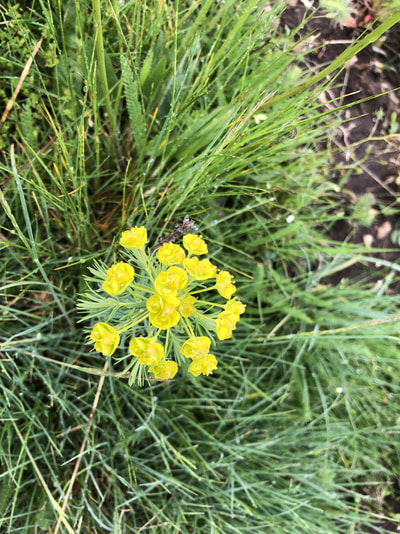
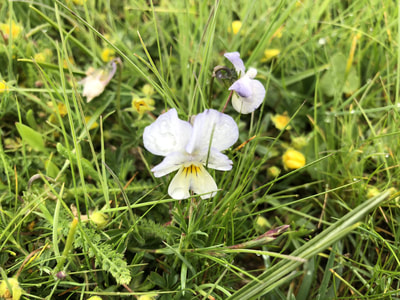
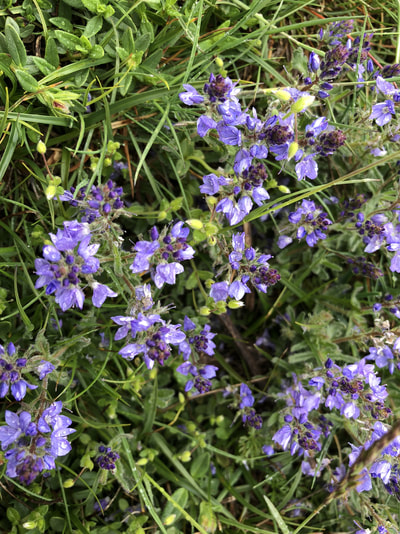
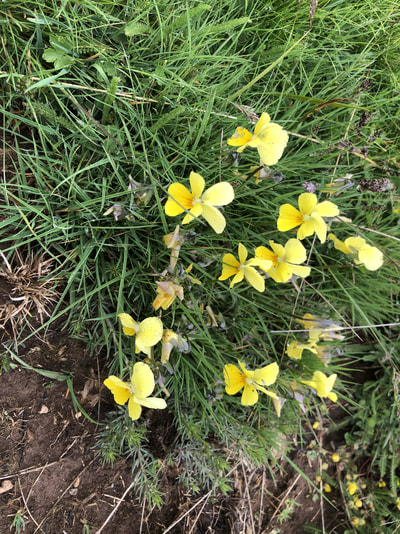
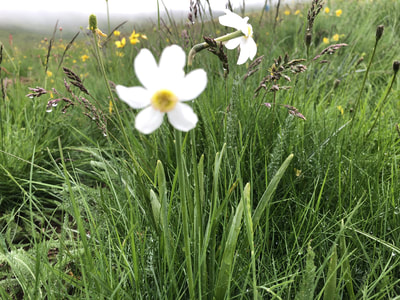

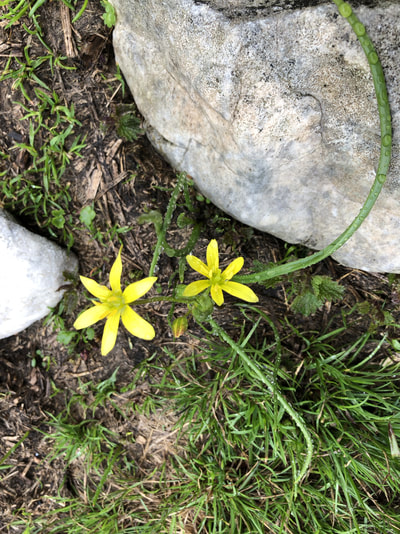
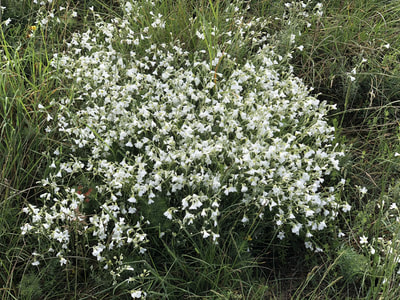
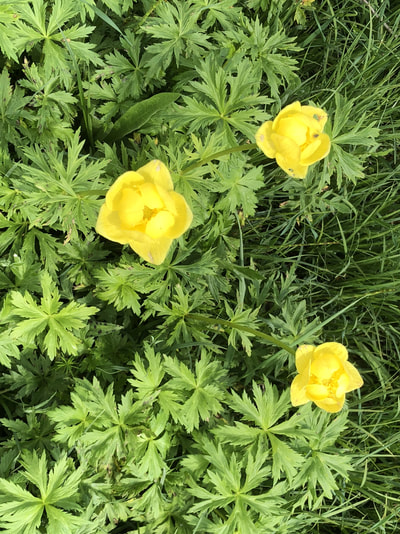
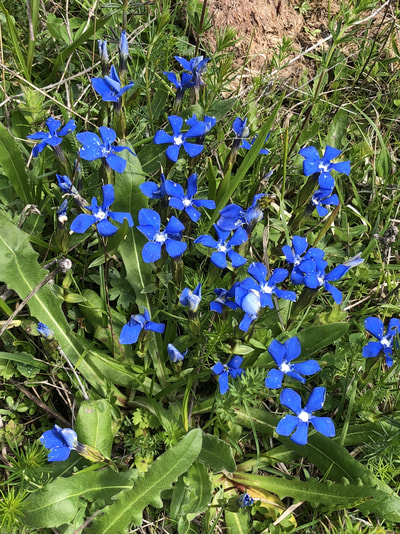
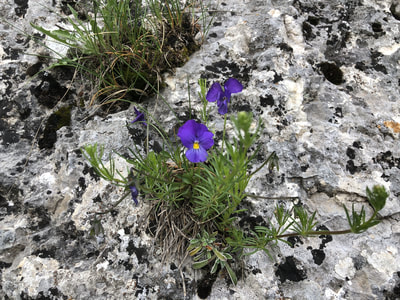

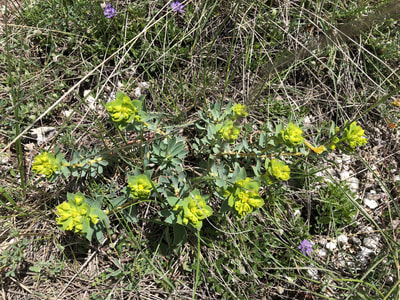
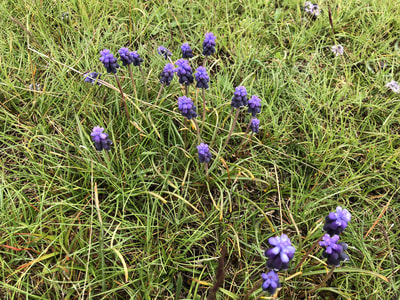
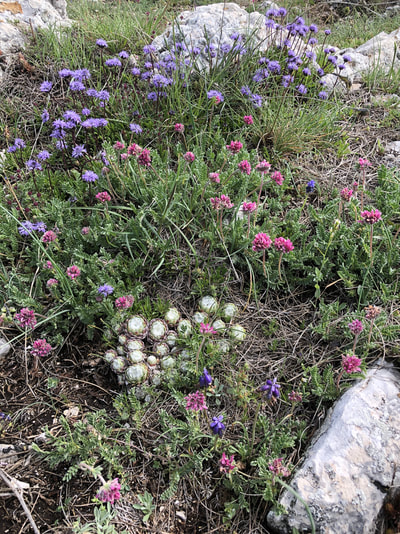
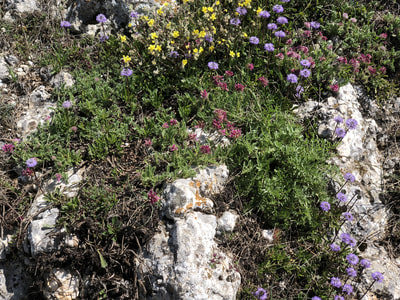
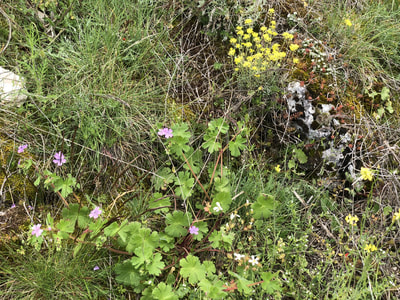
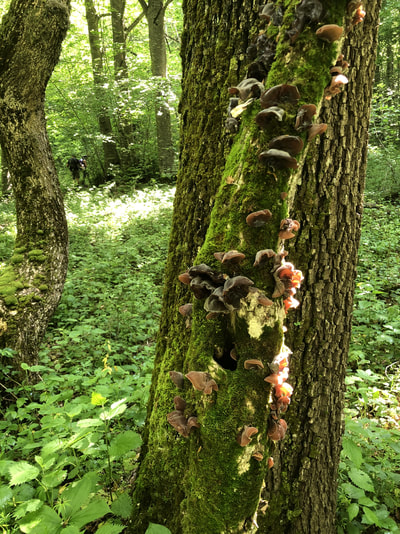
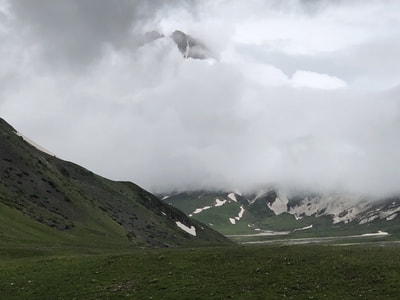
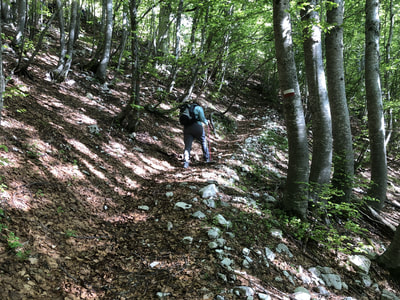
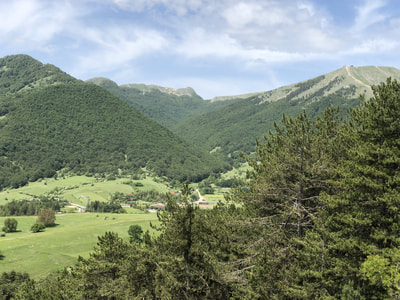
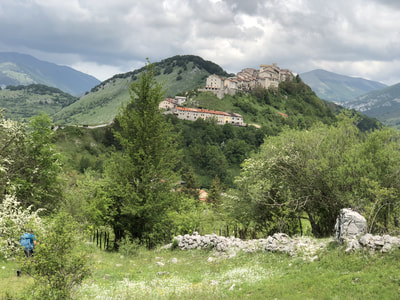
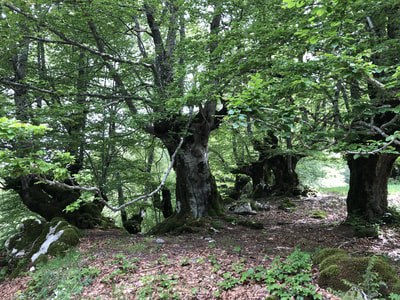
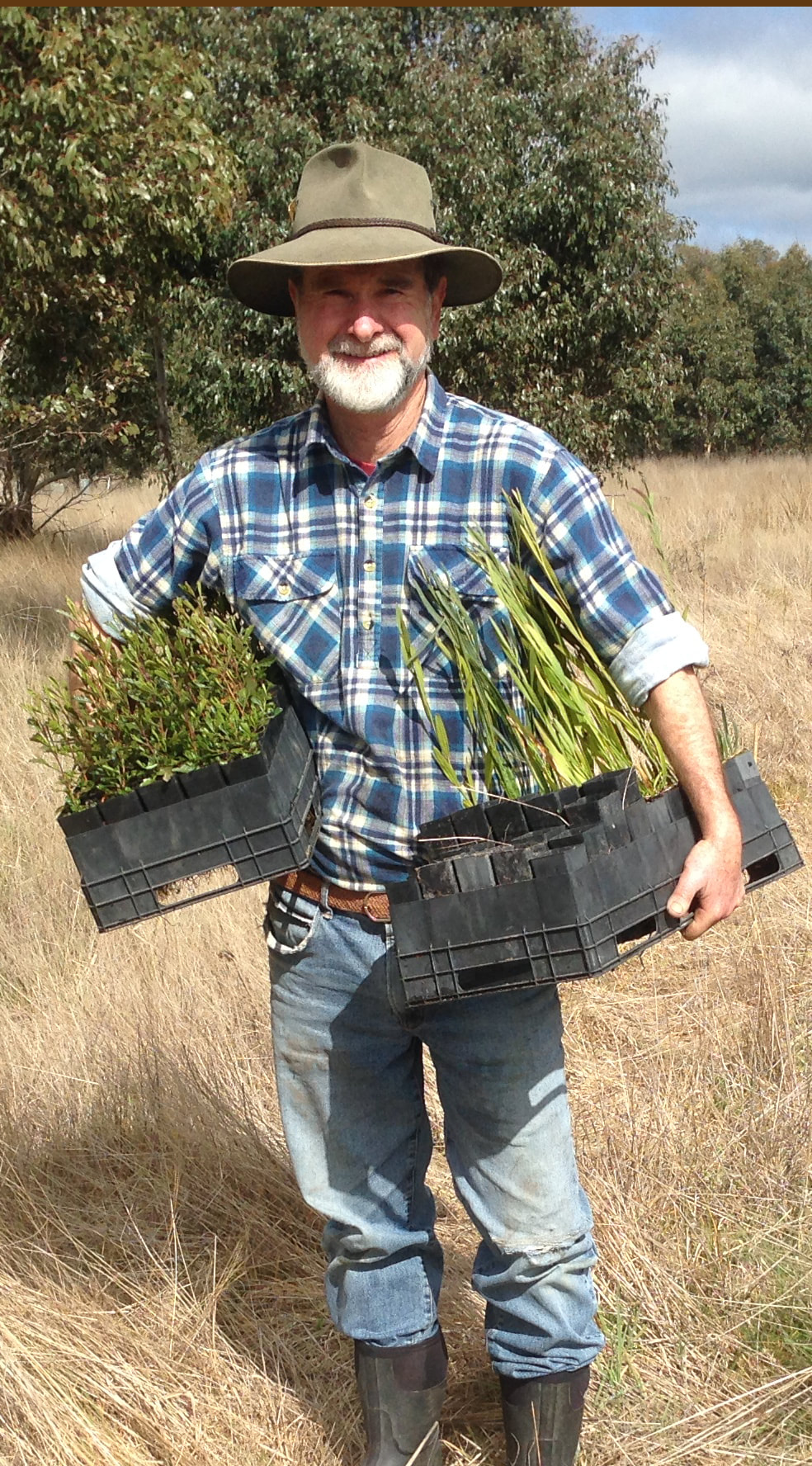

 RSS Feed
RSS Feed
